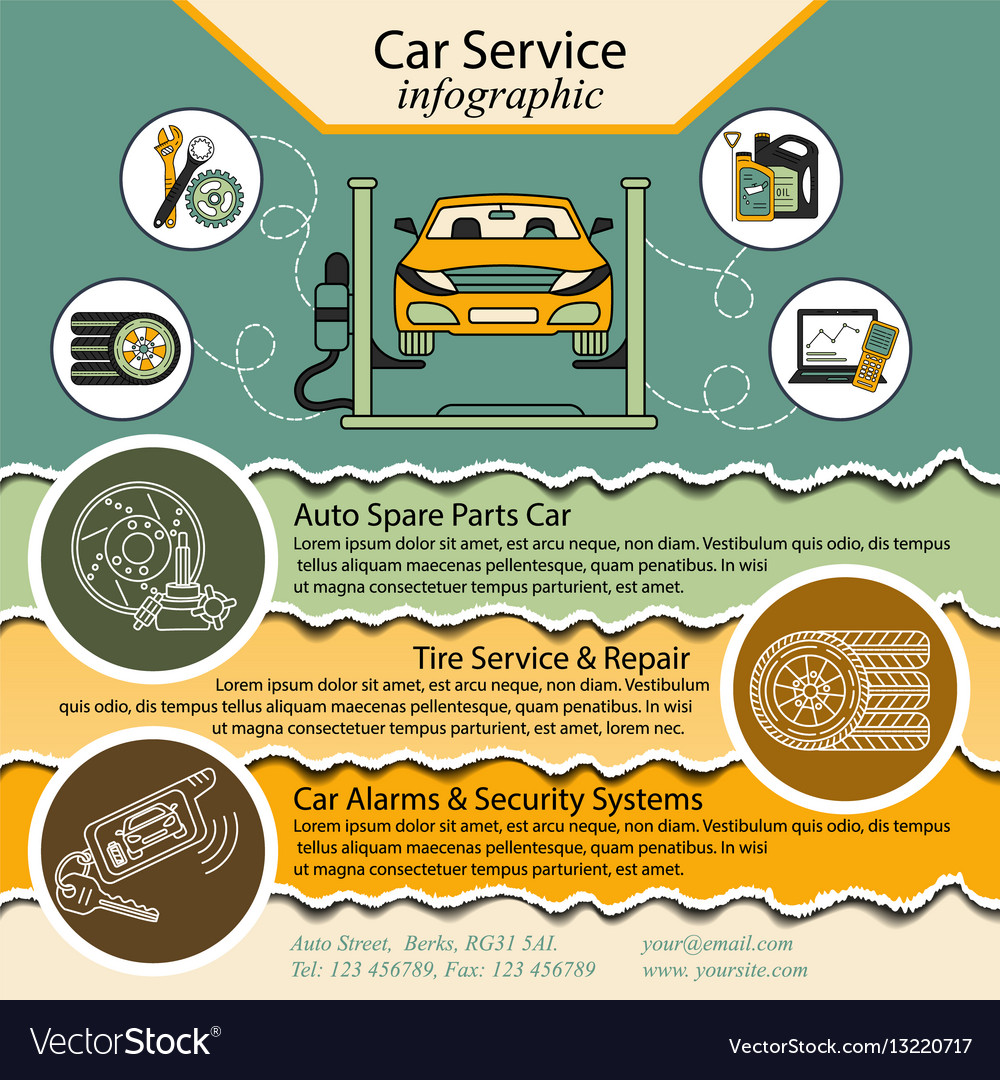Translating Your Automobile'S Warning Indicators: What They Really Represent
Translating Your Automobile'S Warning Indicators: What They Really Represent
Blog Article
Post Written By-Lauritsen Stark
When you lag the wheel, those beautiful warning lights on your dashboard can be a little bit perplexing. Do you know what they're attempting to inform you regarding your car's health? Understanding diamond detailing of these lights is important for your safety and the durability of your car. So, the following time among those lights pops up, wouldn't you intend to decode its message precisely and take the necessary actions to address it?
Common Warning Lights and Interpretations
Identify usual warning lights in your auto and understand their significances to make certain risk-free driving.
One of the most common warning lights consist of the check engine light, which signals issues with the engine or discharges system. If this light begins, it's vital to have your lorry checked quickly.
The oil stress alerting light indicates low oil pressure, calling for immediate attention to stop engine damage.
A flashing battery light could recommend a faulty charging system, possibly leaving you stranded if not addressed.
The tire pressure surveillance system (TPMS) light signals you to reduced tire pressure, influencing car security and fuel efficiency. Neglecting this could bring about dangerous driving conditions.
The abdominal light indicates a problem with the anti-lock braking system, jeopardizing your capability to quit quickly in emergencies.
Lastly, the coolant temperature level warning light warns of engine overheating, which can cause extreme damage if not dealt with quickly.
Recognizing these usual caution lights will help you address problems without delay and preserve secure driving problems.
Value of Prompt Focus
Comprehending the usual warning lights in your automobile is only the first step; the importance of promptly resolving these warnings can't be highlighted sufficient to guarantee your safety and security when traveling.
When a warning light illuminates on your dashboard, it's your auto's means of interacting a potential issue that requires attention. Ignoring these cautions can lead to much more extreme problems later on, endangering your safety and security and possibly costing you extra out of commission.
Prompt focus to alerting lights can prevent failures and mishaps. For example, a flashing check engine light could indicate a misfire that, if left unattended, could create damage to the catalytic converter. Addressing this quickly can conserve you from a costly fixing.
Likewise, car paint restoration advising light could indicate low brake liquid or used brake pads, critical elements for your security when driving.
Do It Yourself Troubleshooting Tips
If you notice a warning light on your control panel, there are a few DIY repairing suggestions you can attempt before looking for specialist assistance.
The first step is to consult your car's manual to recognize what the specific caution light indicates. Often the problem can be as easy as a loosened gas cap triggering the check engine light. Tightening up the gas cap may deal with the trouble.
One more common concern is a reduced battery, which can set off different warning lights. Inspecting the battery links for deterioration and guaranteeing they're safe and secure might repair the problem.
If a warning light persists, you can try resetting it by separating the cars and truck's battery for a few mins and then reconnecting it. Additionally, inspecting your car's liquid levels, such as oil, coolant, and brake fluid, can aid fix alerting lights associated with these systems.
Final thought
Finally, recognizing your vehicle's warning lights is essential for keeping your vehicle running efficiently and safely. By promptly dealing with these notifies and recognizing what they imply, you can prevent expensive fixings and prospective breakdowns.
Bear in mind to consult your cars and truck's manual for particular details on each alerting light and do something about it as necessary to ensure a trouble-free driving experience.
Keep informed, stay safe when driving!
